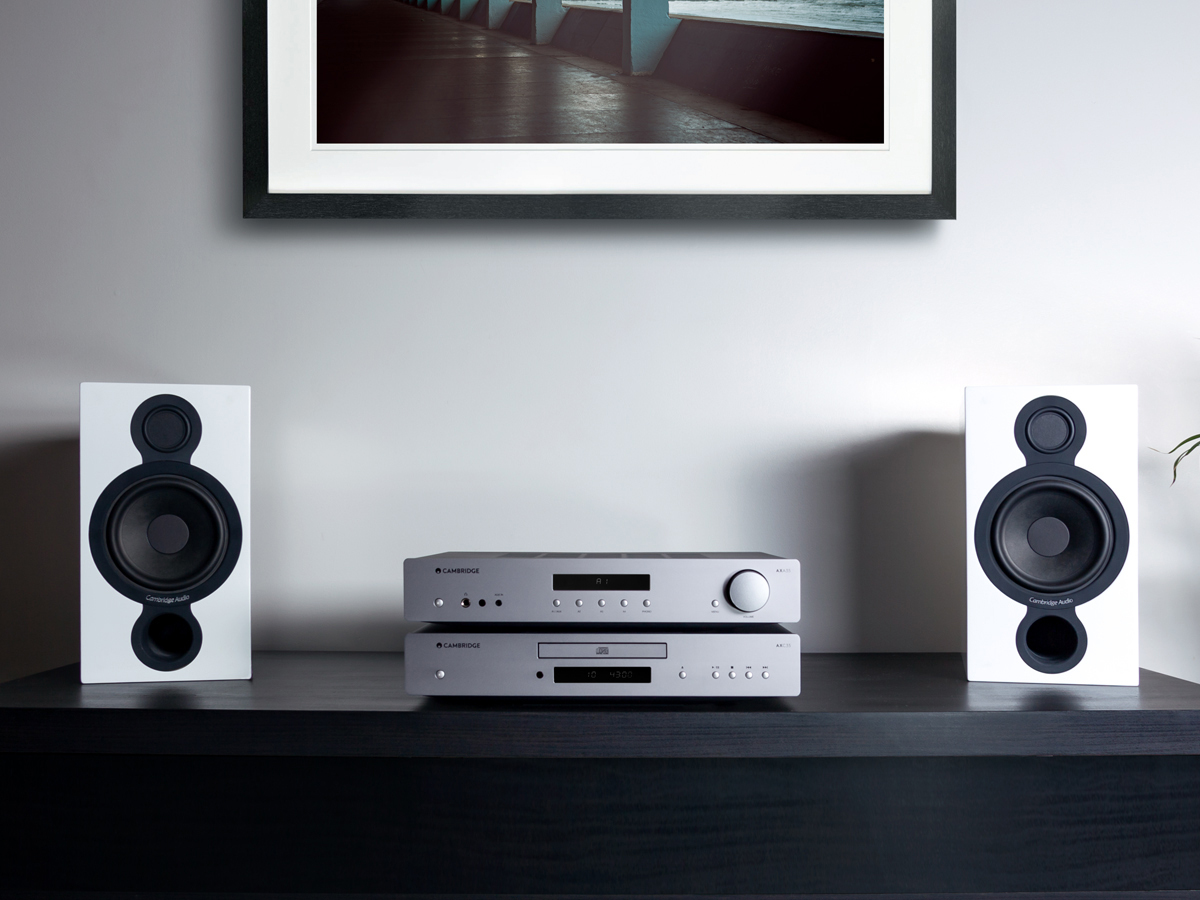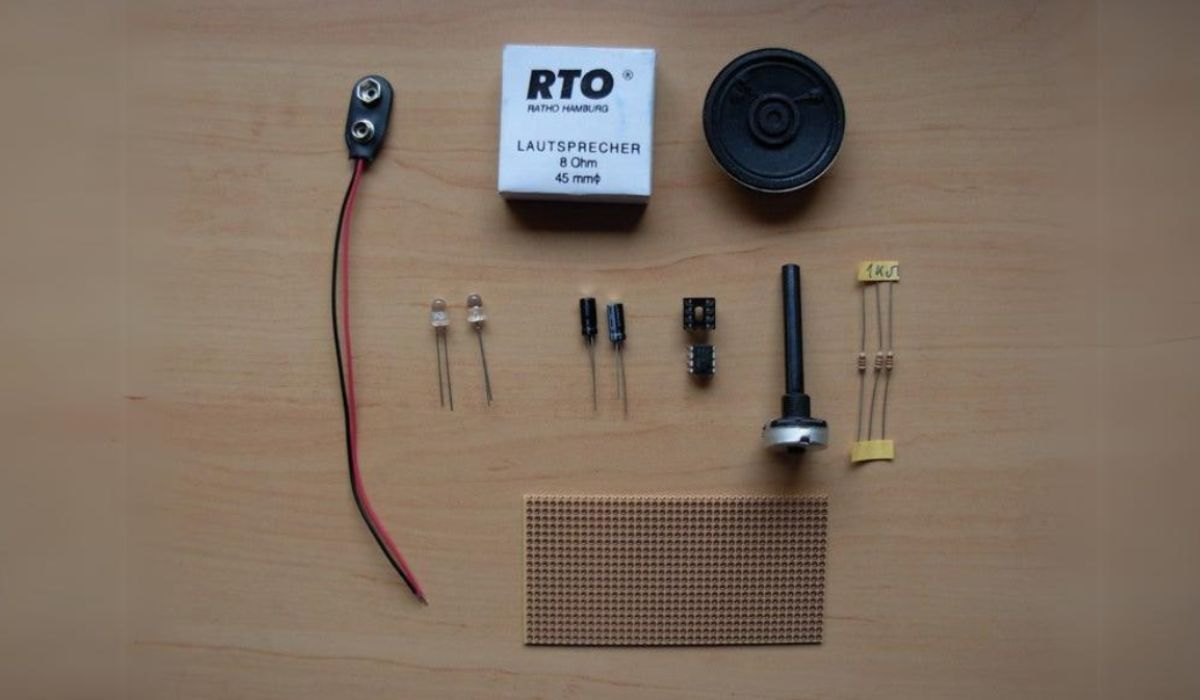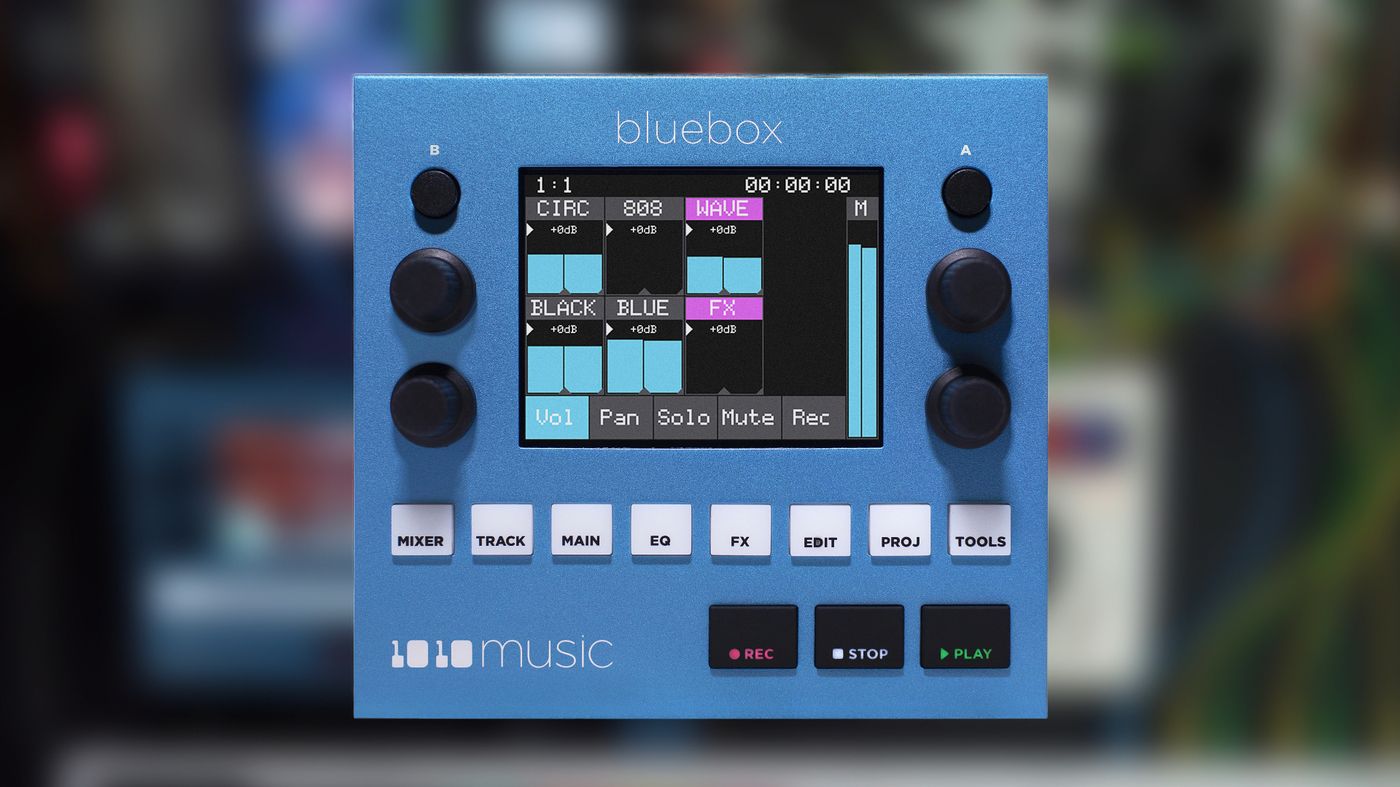Home>Events & Info>Ballet>Ballet Bar How To Build


Ballet
Ballet Bar How To Build
Modified: January 22, 2024
Learn how to build your own ballet bar at home with our step-by-step guide. Enhance your ballet practice with this functional and affordable solution.
(Many of the links in this article redirect to a specific reviewed product. Your purchase of these products through affiliate links helps to generate commission for AudioLover.com, at no extra cost. Learn more)
Table of Contents
Introduction
Welcome to the world of ballet! As a ballet dancer, having a sturdy and reliable ballet bar is essential for practicing and perfecting your technique. While professional dance studios often have dedicated ballet barres, building your own barre at home can be a cost-effective and convenient solution. In this article, we will guide you through the process of building a ballet barre, from planning and gathering materials to assembling and adding finishing touches.
Building your own ballet barre allows you to customize the height and length to suit your needs and space limitations. It also adds a personal touch to your dance practice area, creating a welcoming and inspiring environment.
Whether you are a seasoned ballet dancer or a beginner eager to explore the world of dance, having a barre at home will provide you with the necessary support to improve your balance, flexibility, and overall technique. Plus, it offers the convenience of practicing whenever you want, without the need to travel to a dance studio.
In the following steps, we will break down the process of building a ballet barre into manageable tasks, ensuring that you have all the information and guidance you need to create a professional-quality barre at home. So let’s get started on this exciting DIY project!
Materials Needed
Before you begin building your ballet barre, it’s important to gather all the necessary materials. Here are the items you will need:
- 1-inch diameter wooden dowel or metal pipe (length depends on your preference)
- Two sturdy brackets or wall-mounted barres
- Four wall anchors (if using brackets)
- Wood screws or brackets screws
- Drill and drill bits
- Tape measure
- Screwdriver or drill driver
- Pencil or marker
- Level
- Stud finder (if using wall-mounted barres)
- Sandpaper
- Paint or stain (optional)
- Paintbrush or foam brush (if painting or staining)
It’s important to choose a sturdy dowel or pipe that can support your weight and provide stability during your ballet exercises. A wooden dowel can be a more cost-effective option, while a metal pipe offers durability and a sleek look.
The brackets or wall-mounted barres will serve as the supports for your ballet barre. If using brackets, make sure they are strong enough to hold the weight of the dowel and provide secure anchoring to the wall. If opting for wall-mounted barres, ensure they are designed for ballet and have proper weight capacity.
Wall anchors are necessary to securely attach the brackets to the wall. These will prevent the barre from pulling away from the wall during use. Make sure to choose appropriate anchors based on your wall type (drywall, concrete, etc.).
Having the right tools is also crucial for the construction process. A drill and drill bits will be necessary to create holes and attach the brackets or wall-mounted barres. A tape measure, pencil, and level will help you measure and mark accurate positions for drilling and mounting. A screwdriver or drill driver will make the process faster and easier.
Lastly, sandpaper, paint or stain, and a paintbrush or foam brush are optional materials that you can use to refine the appearance of your barre and add a personal touch.
With all these materials prepared, you are now ready to proceed with the construction of your ballet barre. Let’s move on to the next step: Planning and Design.
Step 1: Planning and Design
Before diving into the construction process, it’s important to take some time to plan and design your ballet barre. Consider the following factors:
- Space: Assess the available space in your home where you plan to install the barre. Measure the length and height of the area to determine the suitable dimensions for your barre.
- Height: Decide on the height of the barre based on your own height and comfort level. As a general guideline, the barre should be positioned at hip height or slightly lower.
- Length: Determine the desired length of your barre. It can span the width of a wall or be a shorter section, depending on your preferences and the available space.
- Mounting Option: Decide whether you want to use brackets or wall-mounted barres. Consider the stability they offer and how they will fit in your space.
- Accessibility: Keep in mind that the barre should be easily accessible and allow for fluid movement. Make sure there is enough space around it to perform ballet exercises comfortably.
Once you have a clear idea of the space and design elements, it’s time to create a sketch or plan on paper. This will help you visualize the final product and serve as a guide during the construction process.
Take your measurements and mark the desired height and length of the barre on your drawing. Consider any additional features or details you want to incorporate, such as decorative elements or paint colors.
During this planning phase, also consider the location of any nearby furniture or fixtures that could interfere with your movements. You want to ensure that you have enough space to stretch, turn, and perform your ballet exercises without any obstacles in your way.
Now that you have a well-thought-out plan, you’re ready to move on to the next step: Gathering Materials.
Step 2: Gathering Materials
Now that you have a solid plan in place, it’s time to gather all the materials you will need to build your ballet barre. Here’s a recap of the materials mentioned earlier:
- 1-inch diameter wooden dowel or metal pipe
- Two sturdy brackets or wall-mounted barres
- Four wall anchors (if using brackets)
- Wood screws or bracket screws
- Drill and drill bits
- Tape measure
- Screwdriver or drill driver
- Pencil or marker
- Level
- Stud finder (if using wall-mounted barres)
- Sandpaper
- Paint or stain (optional)
- Paintbrush or foam brush (if painting or staining)
Make sure you have all the materials readily available and easily accessible before beginning the construction process. This will ensure a smooth and efficient workflow.
When selecting your wooden dowel or metal pipe, choose one with a 1-inch diameter that can support your weight and provide stability. Measure the length based on your desired barre size and ensure it fits within the space you’ve allocated.
If you are using brackets, make sure they are sturdy and capable of supporting the weight of the barre. Ensure you have the necessary screws and wall anchors to securely attach the brackets to the wall. If you opt for wall-mounted barres, double-check that they are designed for ballet and can bear your weight.
The drill and drill bits will be essential for creating holes, while a tape measure, pencil, and level will help with accurate measurements and alignment. The screwdriver or drill driver will assist in fastening the screws and securing the brackets or wall-mounted barres.
If you choose to paint or stain your barre, gather the necessary sandpaper, paint or stain, and paintbrush or foam brush. Sanding the wood surface beforehand will ensure a smooth and even finish.
By having all the materials on hand, you can proceed confidently to the next step: Preparing the Bar Base.
Step 3: Preparing the Bar Base
With all the necessary materials gathered, it’s time to prepare the base for your ballet barre. This step involves preparing the wall where the barre will be mounted.
If you’re using brackets, start by locating the wall studs using a stud finder. This will ensure that the brackets are securely anchored to the strongest part of the wall. Mark the stud locations with a pencil.
If you’re using wall-mounted barres, you won’t need to locate studs, but make sure to choose a wall surface that can support the weight of the barre.
Before mounting anything, it’s important to ensure that the wall is clean and free from any debris. Use a damp cloth to wipe it down and remove any dust or dirt. This will create a smooth and stable surface for mounting.
Next, measure and mark the height of the barre on the wall using a tape measure and pencil. Ensure the measurement is consistent across the entire length of the barre.
Using a level, draw a straight line along the marks to guide your installation. This will ensure that your barre is perfectly horizontal, which is essential for maintaining proper alignment during ballet exercises.
Now it’s time to install the brackets or wall-mounted barres. If using brackets, align them with the marked stud locations. Insert the screws through the bracket holes and into the wall, ensuring a secure fit. Use a screwdriver or drill driver to tighten the screws.
If using wall-mounted barres, follow the manufacturer’s instructions for installation. Make sure they are level and securely attached to the wall.
Double-check the stability of the base before moving on to the next step. Give it a gentle wiggle to ensure that it is firmly attached and can support your weight during ballet exercises.
With the barre base prepared and securely mounted, you are ready to move on to Step 4: Assembling the Bar Structure.
Step 4: Assembling the Bar Structure
Now that the base of the barre is securely prepared, it’s time to assemble the bar structure itself. Follow these steps to ensure a sturdy and stable barre:
- Measure and mark the desired length of the barre on your wooden dowel or metal pipe. Use a tape measure and pencil to make accurate markings.
- Carefully cut the dowel or pipe to the desired length using a saw or pipe cutter. Make sure to follow proper safety measures and use appropriate tools for the material you’re working with.
- If using a wooden dowel, sand the cut ends with sandpaper to remove any rough edges or splinters. This will provide a smooth surface for gripping during ballet exercises.
- Attach the dowel or pipe to the brackets or wall-mounted barres. If using brackets, slide the dowel or pipe into the brackets and ensure it is centered and level. If using wall-mounted barres, follow the manufacturer’s instructions for securing the barre to the barre mounts.
- Double-check the alignment and levelness of the barre using a level. Adjust as needed to ensure it is straight and parallel to the floor.
Once the barre structure is assembled, give it a firm shake and test its stability. Ensure that it is securely attached to the base and does not wobble or shift during movement.
Take a moment to admire your progress and envision the incredible ballet practices you will have on your newly constructed barre. Now it’s time to move on to the next step: Attaching the Barre.
Step 5: Attaching the Barre
After assembling the bar structure, it’s time to securely attach the barre to the brackets or barre mounts. Follow these steps for a secure and stable attachment:
- Start by ensuring that the barre is centered within the brackets or barre mounts.
- If using brackets, use a drill to create pilot holes in the dowel or pipe where it will be attached to the brackets.
- Align the pilot holes with the holes in the brackets and insert the wood screws or bracket screws. Use a screwdriver or drill driver to tighten the screws, ensuring a secure connection.
- If using wall-mounted barres, follow the manufacturer’s instructions for attaching the barre to the mounts. Make sure to use the recommended screws or mounting hardware provided.
- Once attached, give the barre a gentle shake or apply slight pressure to test its stability. Make sure it doesn’t move or come loose from the brackets or mounts.
Take a step back and admire your handiwork. You have successfully attached the barre, and it is now ready for use.
Before moving on to the next step, it’s a good idea to perform some test movements and exercises on the barre to ensure its stability and functionality. Try different ballet positions and movements to ensure that the barre supports your weight and movements without any issues.
Now that the barre is securely attached, we’re almost there! Let’s move on to Step 6: Adding Stability and Support.
Step 6: Adding Stability and Support
Adding stability and support to your ballet barre is essential to ensure a safe and reliable practice experience. Follow these steps to enhance the stability of your barre:
- If using brackets, check the tightness of the screws on the brackets. Make sure they are securely fastened to the wall. Re-tighten any loose screws, if necessary.
- If using wall-mounted barres, ensure that they are firmly secured to the wall mounts. Double-check that all screws or mounting hardware are tight and in place.
- Consider adding additional support to the barre by installing support brackets or braces along the length of the barre. These can be installed at regular intervals to provide extra stability.
- Inspect the overall stability of the barre and check for any wobbling or movement. If it feels unstable, investigate the cause and make necessary adjustments.
- Consider reinforcing the connection between the barre and the brackets or mounts by applying a strong adhesive, such as construction adhesive, at the attachment points. This will provide an extra layer of support.
- If you plan to place heavy weight or apply a significant amount of pressure to the barre during your ballet practices, consult with a professional or structural engineer to ensure the barre can handle the load.
By taking these steps to enhance stability and support, you can dance and practice on your ballet barre with confidence.
Now that you’ve added stability and support, it’s time to move on to the last step: Finishing Touches.
Step 7: Finishing Touches
Now that your ballet barre is structurally sound and stable, it’s time to add some finishing touches to make it aesthetically pleasing and personalized to your taste. Here are some ideas to consider:
- If you used a wooden dowel, consider sanding the entire surface of the barre to create a smooth and polished finish. This will prevent splinters and provide a comfortable grip.
- If desired, you can apply a coat of paint or stain to the wooden barre to match your personal style or the decor of your practice space. Use a paintbrush or foam brush and apply even strokes, allowing each coat to dry before applying the next.
- Personalize your barre by adding a decorative element or your name. You can use stencils, stickers, or paint to create unique designs on the barre.
- Consider adding padding or grip tape to the barre for added comfort and a secure grip. This can be particularly beneficial if you have sensitive hands or prefer a bit of cushioning.
- Take a step back and admire your newly constructed ballet barre. Decorate the surrounding area with inspiring artwork or motivational quotes to create an ambiance that sparks creativity and passion.
- Keep your barre clean and free from dust by periodically wiping it down with a damp cloth. This will help maintain its appearance and ensure smooth movements during your ballet practice sessions.
Remember, these finishing touches are optional, but they can add a personal and artistic touch to your ballet barre. Take your time to customize it to your liking and create an environment that is reflective of your passion for dance.
Congratulations! You have successfully built your own ballet barre and transformed your practice space into a haven for ballet training and self-expression. Now, let your creativity soar and enjoy countless fulfilling ballet sessions on your very own barre.
Thank you for joining us on this DIY ballet barre journey. Happy dancing!
Conclusion
Building your own ballet barre is a fulfilling and rewarding project that allows you to have a dedicated space for practicing and honing your ballet technique. With careful planning, gathering the necessary materials, and following the step-by-step instructions, you can create a sturdy and professional-quality ballet barre right in the comfort of your own home.
Throughout this article, we walked you through the process of planning, designing, and constructing your ballet barre. From preparing the base and assembling the bar structure to attaching the barre and adding stability, each step was crucial in ensuring a safe and reliable practice experience. We also emphasized the importance of adding finishing touches to make your barre not only functional but aesthetically pleasing as well.
By building your own ballet barre, you have taken a proactive step towards improving your dance skills and maintaining a consistent practice routine. Having a barre at home provides convenience and flexibility, allowing you to dedicate more time to your passion for ballet.
Remember, safety is paramount. Always ensure that your barre is securely mounted, stable, and can support your weight during various ballet exercises. Regularly inspect and maintain your barre to ensure its longevity and functionality.
Now it’s time to put your ballet barre to use. Step up, hold onto the barre, and let your body flow with grace and elegance. Embrace the joy of dance, and let your ballet practice take you on a beautiful journey of self-expression.
Thank you for joining us on this DIY ballet barre adventure. Happy dancing!











